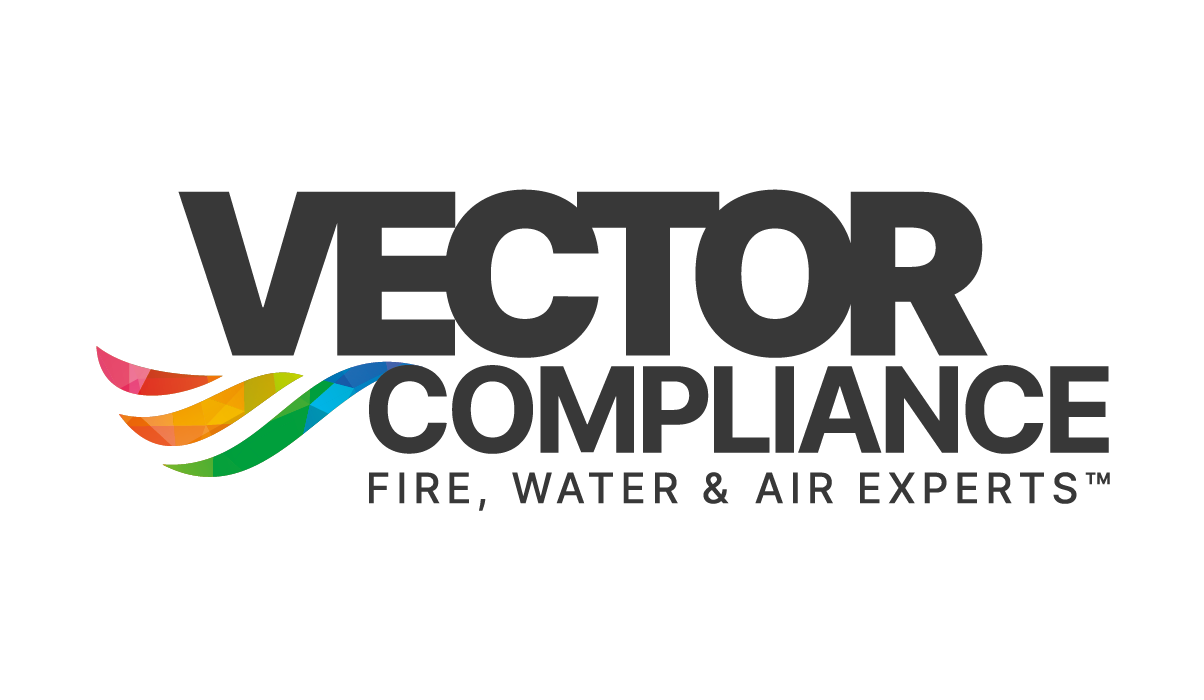Legionella Risk Assessments
Legionella Risk Assessments
Legionella Risk Assessments: Ensuring Safety in Water Systems
Introduction
Legionella bacteria, responsible for causing Legionnaires' disease, poses a significant risk to human health. As responsible water management becomes increasingly crucial, conducting legionella risk assessments plays a vital role in safeguarding individuals' wellbeing. In this article, we will discuss the importance of legionella risk assessments, their key components, and the benefits they offer in maintaining safer water systems.
Understanding Legionella Risk Assessments
A legionella risk assessment is a systematic evaluation of water systems, aiming to identify and mitigate potential risks associated with legionella bacteria. The assessment helps stakeholders understand and manage the risks effectively, ensuring compliance with relevant regulations and safeguarding public health.
Key Components of a Legionella Risk Assessment
1. System Identification: The initial step involves identifying all water systems within a premises' control, including hot and cold water systems, cooling towers, spa pools, and any other sources that can harbor Legionella bacteria.
2. Hazard Identification: Thorough assessment is conducted to identify potential hazards, such as water temperature fluctuations, areas with stagnant water, or inadequate disinfection procedures. This step helps determine the likelihood of bacterial growth.
3. Risk Evaluation: Once hazards are identified, the level of risk they pose needs to be evaluated. Factors such as the likelihood of exposure, susceptibility of individuals, and the potential consequences of infection are considered to assess the overall risk.
4. Control Measures: An effective risk assessment includes recommendations for control measures to mitigate the identified risks. Examples of control measures include regular temperature monitoring, adequate water disinfection, proper maintenance and cleaning of water systems, and staff training.
5. Monitoring and Review: Regular monitoring and review of control measures are essential to ensure their effectiveness and compliance with relevant guidelines and standards. This step allows for timely adjustments and improvements in risk management strategies.
Benefits of Legionella Risk Assessments
1. Prevention of Legionnaires' Disease: By identifying and mitigating legionella risks, these assessments significantly reduce the likelihood of Legionnaires' disease outbreaks. This results in improved public health and reduced risk of legal liabilities for businesses and organizations.
2. Regulatory Compliance: Legionella risk assessments are often legal requirements imposed by regulatory bodies. Conducting these assessments ensures compliance with industry-specific regulations, demonstrating a commitment to health and safety.
3. Cost-Effectiveness: Early identification and prevention of legionella risks through assessments can save organizations significant costs associated with outbreak investigations, legal disputes, compensation claims, and reputational damage.
4. Peace of Mind: A thorough risk assessment provides peace of mind, knowing that appropriate measures are in place to prevent the spread of Legionella bacteria. This reassurance extends to employees, customers, and other stakeholders, fostering trust and loyalty.
Conclusion
Legionella risk assessments are integral to maintaining safe water systems and preventing the spread of Legionnaires' disease. Through a systematic evaluation of potential hazards and the implementation of control measures, organizations can ensure compliance with regulations, safeguard public health, and protect their reputation. By prioritizing regular assessments and ongoing monitoring, we can create a safer environment for all.

